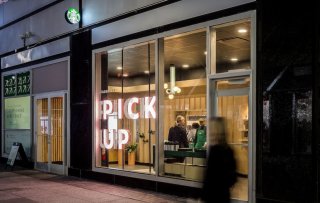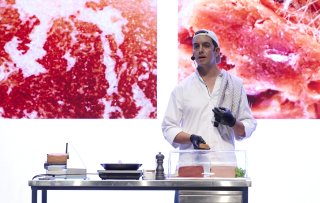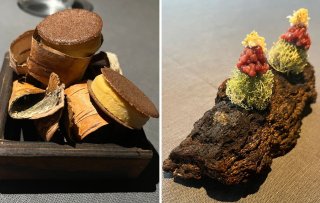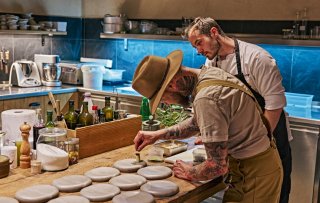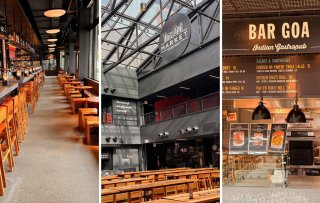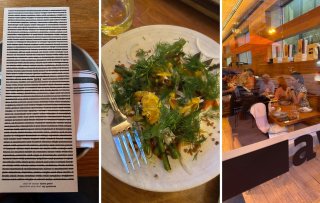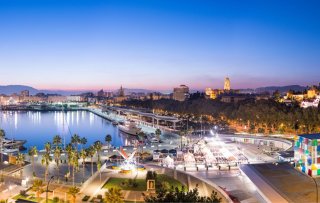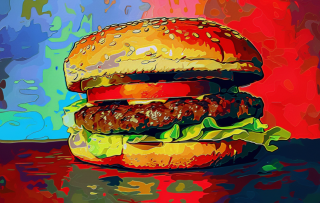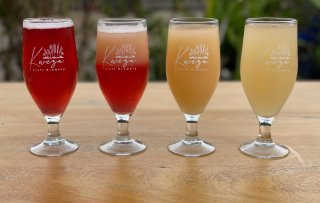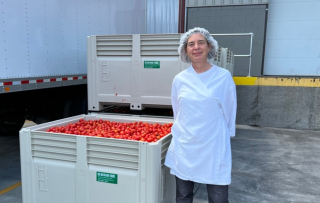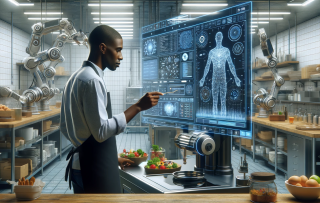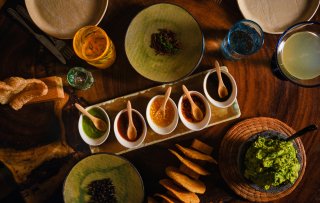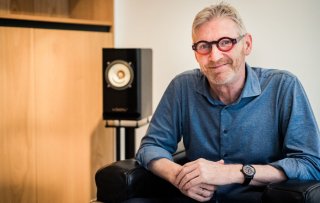Restaurants are the most wasteful industries in the world. But not at the Waterhouse, they reduce, re-use and recycle.
According to Chef Arthur Potts Dawson, restaurants and the food industry are the most wasteful industries in the world. He wants to optimize food production to minimize time, energy and waste. Restaurant the Waterhouse in London focuses on the three ‘R’s: reduce, re-use and recycle.
Re-use
The water is reused in a water filtration system.
The water from the restaurant ends up in stone beds and can then be used to water the plants and vegetables in the garden. Some of the water is also filtered, stored in bottles, cooled and reused again and again.
Local awareness
Local furniture makers have used sustainably grown Norwegian wood for the restaurant’s furniture.
The rest of the furniture is reused and can be reused again. One of the chefs lives in a houseboat next to the restaurant, the roof of which is a large vegetable garden where many of the ingredients used in the restaurant are grown.
New energy
The whole restaurant runs on hydroelectric power - energy harnessed from the power of water – as well as air that is converted into water.
The space is cooled and heated by the water which powers the system. The water from the canal running besides the restaurant is filtered and pumped through a heat exchanger. It runs through sails on the roof, then falls as a mist in the restaurant providing cooling or heating, whatever is needed at that time.
Copy nature
Food waste is put into a crusher that converts food into an intermediate material which is stored and is later made into compost.
Every week, about seventy kilos of green waste is turned into compost in compost barrels. When processing the waste, worms are used to speed up the process which is a very effective method.
.jpeg)
Read the article in the Foodtopia edition.
.png-28x28.png) Written by
Written by 
.jpeg)
.jpg)
.JPG)






